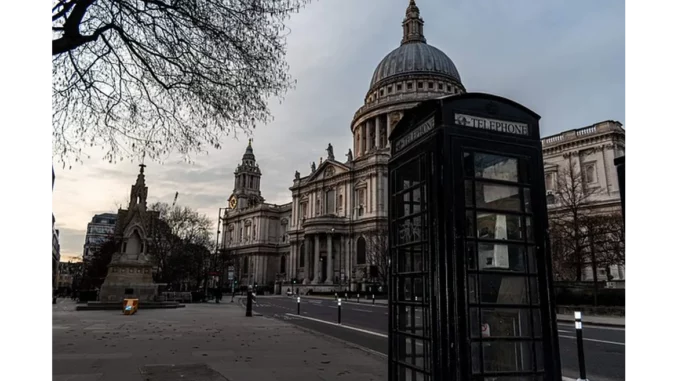
In the bustling metropolis of London, where history and modernity seamlessly intertwine, the quest for sustainable urban development is ever-present. Recently, I had the opportunity to sit down with Emma Hartley, an experienced urban planner who has been deeply involved in several BREEAM Outstanding-rated projects across the city. Our conversation delved into the integral role of pedestrian-friendly infrastructure in enhancing the sustainability of these high-calibre developments.
Focus360 Energy: property compliance services – pre-planning to post-construction. Learn more.
Emma was keen to emphasise the significance of urban spatial arrangements in creating resilient and sustainable urban environments. “It’s all about connectivity and integration,” she began. “When you think about a city like London, with its rich tapestry of history, culture, and innovation, it’s crucial to design spaces that not only meet the highest environmental standards but also foster social cohesion and economic vitality.”
In the realm of BREEAM Outstanding projects, pedestrian-friendly infrastructure is not merely an aesthetic consideration; it is a cornerstone of sustainable urban design. Emma elaborated on how these elements are meticulously woven into the fabric of urban planning. “Pedestrian-friendly areas naturally encourage sustainable transportation choices,” she explained. “By reducing reliance on cars, we can significantly cut down on greenhouse gas emissions and promote a healthier lifestyle for city dwellers.”
Emma’s insights brought to light the multifaceted benefits of pedestrian-friendly infrastructure. She noted how walkable neighbourhoods contribute to a sense of community, which is a critical aspect of social sustainability. “When people have the opportunity to walk to their destinations, whether it’s to work, school, or a local café, they are more likely to engage with their surroundings and each other,” she said. “This interaction fosters a sense of belonging and community resilience, which are essential for a thriving urban environment.”
But the advantages extend beyond social interactions. Emma highlighted the environmental impact as well. “Reduced vehicular traffic means less oil and debris entering our stormwater systems, which improves water quality. Moreover, fewer cars lead to better air quality, directly benefiting the health and wellbeing of both building occupants and the wider community,” she added.
Emma also touched upon the broader implications of pedestrian-friendly infrastructure on the BREEAM assessment process. “Incorporating these elements can significantly enhance a building’s overall sustainability performance,” she explained. “It’s not just about the building itself but how it interacts with its surroundings. BREEAM categories such as transport, health and wellbeing, and pollution are all positively influenced by pedestrian-friendly design.”
As our conversation progressed, Emma shared a few success stories from London, illustrating how pedestrian infrastructure has played a pivotal role in achieving BREEAM Outstanding ratings. One notable example was the integration of green and blue infrastructure in urban areas. “Green spaces, such as parks and urban gardens, are crucial for mitigating the urban heat island effect and enhancing biodiversity,” she said. “They also provide valuable recreational spaces for residents, improving overall quality of life.”
Reflecting on the challenges and opportunities of urban planning in London, Emma expressed optimism about the future. “The city’s mix of high-density neighbourhoods, diverse land uses, and well-established public transportation networks create a fertile ground for sustainable development,” she remarked. “By aligning our urban planning strategies with the principles outlined in the BREEAM framework, we can create environments that not only meet the highest standards of environmental sustainability but also support social inclusion and economic prosperity.”
In conclusion, my conversation with Emma Hartley illuminated the critical role of pedestrian-friendly infrastructure in the success of BREEAM Outstanding projects in London. Her insights underscored the importance of integrating sustainable practices within the urban fabric, highlighting how these efforts can lead to more resilient, socially inclusive, and economically viable urban environments. As cities worldwide grapple with the challenges of climate change, resource scarcity, and social inequality, London’s approach to sustainable urban development offers valuable lessons for creating a more sustainable future.
Lewis Davis


Be the first to comment